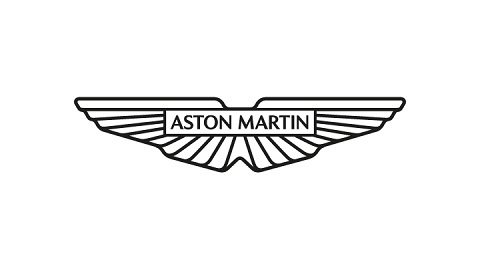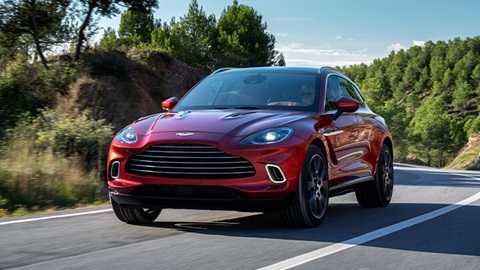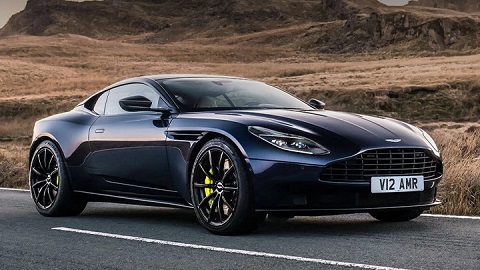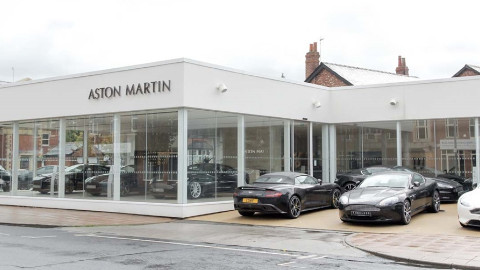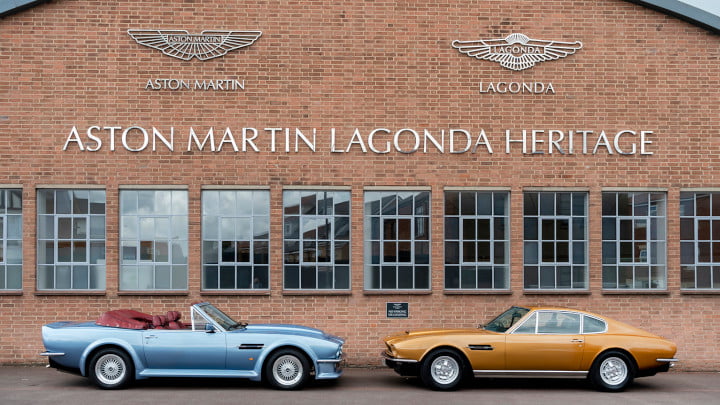
Aston Martin marks the 50th anniversary of the iconic V8 - one of the most desirable heritage models.
It is 1972, and Aston Martin is undergoing one of its periodic seismic changes. Sir David Brown, the industrialist who steered the business through some of its most memorable moments, has sold the firm to a new owner, Company Developments Ltd.
Enter the AM V8. A car that, while launched early in the tenure of Company Developments, was firmly rooted in the engineering and design ethos of the David Brown era.
Replacing the DBS V8, which had itself championed the use of Aston Martin’s first V8, and the first new engine for more than ten years, the AM V8 was essentially a styling exercise – replacing the angular nose of the DBS with a more curvaceous, purposeful front end that, together with some subtle styling changes elsewhere, gave the new car a much more muscular look.
Key to that new nose was the arrival of two seven-inch quartz iodine headlamps and a black mesh grille.
The return of a small open ‘power bulge’ on the bonnet; the ‘Coke-bottle’ flanks; and the use of Aston Martin V8 side strake badges completed the exterior styling revisions.
This same William Towns’ shape, in essence, would represent the Aston Martin ‘look’ for almost two decades – the last AM V8 styling-inspired cars only ending production in 1989 – shows not only the importance of its 1972 debut, but also the appeal of a styling silhouette that is utterly unmistakable today as a product of the marque’s Newport Pagnell era.
This first iteration of the 5.3-litre engined AM V8 retained the Bosch fuel injection system from the DBS V8, and while power and torque figures were not commonly quoted, it is believed that these cars were good for as much as 320bhp, with around 360 lb ft of torque.
Mated to a ZF 5-speed manual gearbox, or optional Chrysler Torqueflite 3-speed auto, that was ample urge to carry this early 70s sports car from rest to 60mph in around 6.0 seconds with a top speed of around 160mph.
As was often the case in Aston Martin history, production numbers of these early cars were incredibly small by today’s standards.
Only 289 AM V8 models of this iteration were built between April 1972 and July ’73. They were succeeded by cars with less complex Weber carburetion, the later cars also featuring larger bonnet scoops.
Numerous iterations of the AM V8 followed over the years – the 1978 ‘Oscar India’ cars with closed bonnet scoop among their changes being among the most plentiful – along with the arrival of Volante versions in June 1978 for those seeking open-top motoring.
The original Aston Martin V8 Vantage was hailed at its 1977 introduction as “Britain’s first supercar”.
It could outrun a Ferrari Daytona in the 0 to 60mph sprint, and if pushed to the limit it could record a top speed of 170mph thanks to its use of high-performance camshafts, an increased compression ratio, larger inlet valves and bigger carburettors mounted on new manifolds for increased output.
Towards the end of its reign the AM V8 saloon, and corresponding V8 Volante, played another important part in Aston Martin history by reuniting the marque with its most famous ‘owner’ – James Bond.
Bristling with gadgets including a jet engine booster rocket, retractable outriggers for use on snow and ice, and twin heat-seeking missiles, the ‘Oscar India’ saloon has become a regular display piece and, indeed, so iconic was the car’s appearance that, in the most recent film 'No Time To Die', James Bond is once again seen behind the wheel of his beloved V8.
Reflecting on the appeal of the AM V8 in all its many forms over almost two decades of production, Aston Martin Works president, Paul Spires, said: “The 1970s were, in many ways, a testing time with social and economic unrest rife.
"Yet, through it all, we created the AM V8 which, today, is rightly seen as one of the jewels in our illustrious history. That so many of these big, brutish sports cars survive and thrive today is testament not only to their enduring appeal but also to the legion of owners, past and present, who have worked so hard with us to keep the cars running.
“As all things 70s seem, once again, to be back in fashion, it is only right that, today, we mark the 50th anniversary of one of our most desirable heritage models.”


